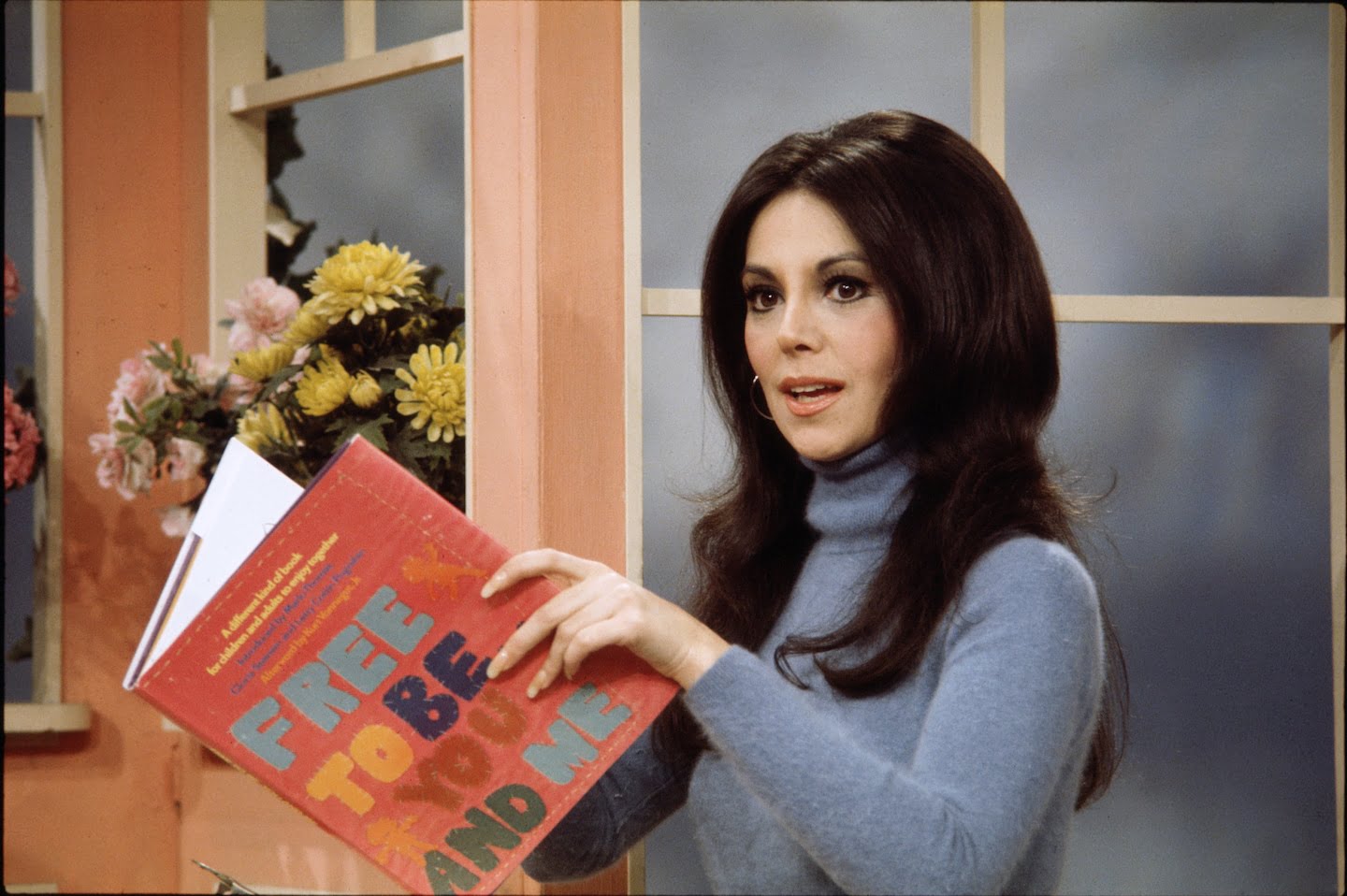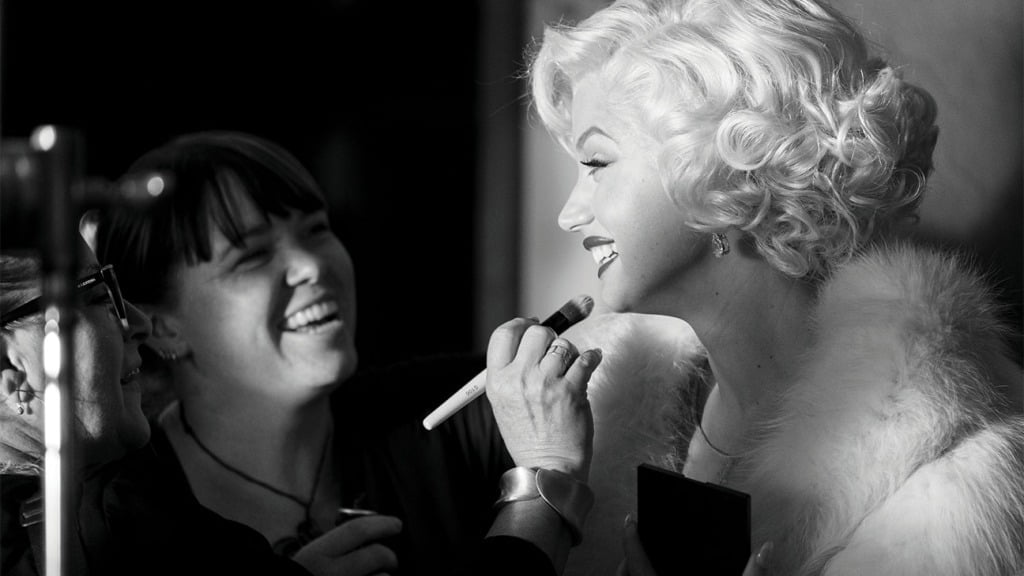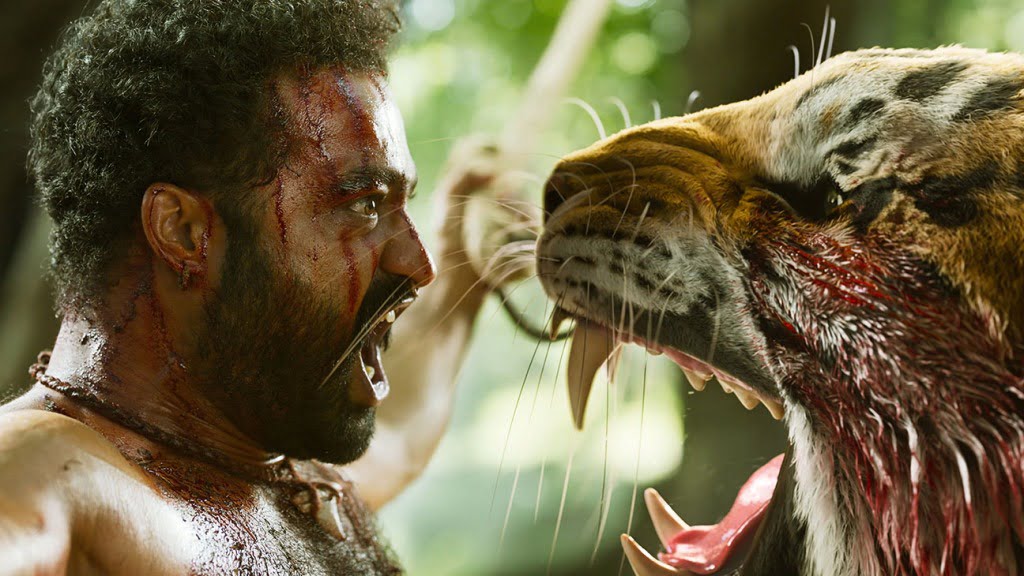“That’s fine,” Thomas joked. “I really only need one copy for my niece.”
It was her then-3-year-old niece, Dionne, who inspired this passion project: a progressive album of non-sexist, non-racist and stereotype-debunking sketches, songs and stories that encouraged children to consider the possibilities in life that Thomas, as a young girl, could only dream about, she told The Washington Post. “We’ve said that I wanted to change the world one 5-year-old at a time.”
Released 50 years ago last month, “Free To Be… You and Me” became a cultural touchstone that inspired an Emmy- and Peabody Award-winning television special; a book; stage presentations; a sequel titled “Free To Be… a Family”; and the establishment in 1973 of the Free to Be Foundation. The album eventually went platinum.
In a year that produced “Exile on Main Street” by the Rolling Stones, “On the Corner” by Miles Davis, “Thick as a Brick” by Jethro Tull and “The Rise and Fall of Ziggy Stardust” by David Bowie, “Free To Be…” endures as perhaps that year’s most daring, genre-pushing and controversial recording, with songs for children about gender equality (“Parents are People”), expressing feelings (“It’s All Right to Cry”) and the one about “William’s Doll.” (In 2014, columnist Kyle Smith bemoaned in the New York Post that it was “feminist propaganda disguised as entertainment for children”).
Thomas just wanted to create something for her niece that wasn’t all like the song “Someday My Prince Will Come” from “Snow White.” “It wasn’t like I woke up one day and said, ‘I know what will be a successful thing,’” she said. “There was a need. I asked my sister [Terre] why she was giving Dionne all these old-fashioned books and she told me she couldn’t find anything else. I assumed she hadn’t looked hard enough. When I went to the bookstore, what I found was even worse.”
There were color-coded book sections: pink for girls, blue for boys. The title of one book, Whitney Darrow Jr.’s “I’m Glad I’m a Boy, I’m Glad I’m a Girl,” gave her pause. When she read it, it “almost gave me a heart attack,” she recalled with a laugh. Each page spread delineated gender roles and expectations: “Boys are doctors. Girls are nurses.” “Boys fix things. “Girls need things fixed.”
The jury is still out on whether Darrow was being serious or satirical (the New Yorker cartoonist never clarified his stance), but it further inspired Thomas to create a children’s record in homage to story albums such as “The Little Prince” and “Bozo Under the Sea” that she listened to with her sister in the bedroom they shared.
“That was the organic beginning,” she said.
Thomas reached out to her circle of noted creative artists to create songs based on one main question: What do you wish you had been told as children? Playwright Herb Gardner responded that he wished he had been told it was all right for a boy to cry. This inspired Carol Hall’s song, “It’s All Right to Cry,” sung by football player Rosey Grier, who ad-libbed a line at the end of the song: “I know some big boys that cry, too.” (“Which was to die for,” Thomas said.)
Thomas said that growing up she would have liked to read a story where the princess doesn’t marry the prince at the end. From that came the seven-minute story, “Atalanta,” performed by Thomas and Alda, about an independent princess who can fix things and “run like the wind,” and who pushes back when her king father is set on choosing a princely husband for her. “I could not possibly marry before I’ve gone out and seen the world,” she proclaims.
The New York Times praised the record’s “high quality” and noted its “thought, integrity and skill.” “I applaud the message,” the reviewer wrote. Thomas said she was gratified by the positive responses of librarians and teachers. “Free To Be…” was in school curriculums in 35 states, she said.
But she continues to be moved and gratified by encounters with parents who were inspired and empowered by the recording, such as a divorced father who said he shared the song “It’s All Right to Cry” with his son because “he didn’t want his little boy to have the problems he had in his life with expressing his feelings,” she said.
The album earned the praise of Supreme Court Justice Ruth Bader Ginsburg, who said that the buoyant title song captures succinctly the idea of feminism. Gwyneth Paltrow, when asked during her appearance on “Inside the Actor’s Studio” what inspired her, responded “Free To Be… You and Me.”
The album also inspired a future generation of artists. Grammy-winning singer-songwriter Sara Bareilles was around 8 years old when she first heard the album, courtesy of her older sisters, she said in a phone interview. The self-described “musical theater kid” and tomboy who played in the woods, would listen to the record while reading along with the book. “There was such a deep invitation to play a part in your relation to the record,” she said. “‘Atalanta,’ about a scrappy young woman, really resonated with me. I definitely felt aware that there were expectations around the behavior of girls versus boys that never really squared with me. [‘Free To Be…’ ] pushed the boundaries. It made a big impact on me.”
What Bareilles calls the album’s “radical approach to children’s storytelling” engendered battles with network executives when the record was adapted as a television special for ABC. There were objections, Thomas recalled, to “Parents are People,” in which Belafonte and Thomas take turns embodying various professions, from cop to cabdriver. The network objected to a shot of them each wheeling baby carriages side-by-side. “It suggested we were married,” Thomas said. “It was an extremely big fight. I said that we had our own buggies and our own families, but so what? Were we really going to argue about interracial marriage? I said we’d go to CBS and they relented.”
The network also insisted on cutting “William’s Doll,” especially when coupled with “It’s All Right to Cry.” A network executive told her, “You’re going to turn every boy in America into a sissy.” Thomas won that battle as well. “[Choreographer] Bob Fosse was a friend of mine,” Thomas said. “He told me that when he was a boy, he had a little wood plank he kept in the back of his garage so without his father knowing it, he could practice tap dancing because his father didn’t think boys should dance. Kids always need to hear it’s okay to be who you are. Without that, we don’t give them the chance to be full citizens.
“We had wanted to change the world one 5-year-old at a time. It wasn’t until we came up against the networks, that I realized we would have to change 45-year-olds. Some of them just couldn’t get there,” she continued. “But you have a certain amount of clout when you have a successful TV show and I was able to push it through.”
In 2020, the streaming series “Stars in the House” paid tribute to “Free To Be…” in which Thomas appeared, along with Belafonte who praised the project. “I enjoyed the privilege of being able to perform [in] it,” he said. “And I loved the fact that it touched the lives of so many young people. I still think it’s relevant today, more so than ever before.”
Bareilles herself became the first artist that Thomas authorized to sing the title song for a fundraiser benefiting the NAACP Legal Defense and Educational Fund, which the singer called a singular honor in her career. “‘Free To Be…’ remains a sacred passion project of [Thomas’s],” Bareilles said. “She is protective of it. I have those feelings about the music I write. I wanted to honor the original recording and the joyful spirit of how it was created.”
In 2021, “Free To Be…” was inducted into the National Recording Registry as a recording of “cultural, historical or aesthetic importance.” Thomas believes that a lesson learned from her father, entertainer Danny Thomas, has helped “Free To Be…” continue to resonate with children.
“My dad was a fine comedian and storyteller,” she said. “He used to tell me that every joke has a message. Whatever you’re laughing at, you’re laughing at some foible of yours or somebody else’s. What is learned from laughter is learned well.”
And what of Dionne, the original “Free To Be…” baby? What did she learn?
“I’ve had a beautiful life,” she said in a phone interview.
Married to TV director Trevor Kirschner, she is the mother of two boys who play basketball and are active fundraisers on behalf of St. Jude Children’s Research Hospital, which Danny Thomas founded. She played “Free To Be…” for her sons, now in high school and college, when they were younger. One of her favorite memories, she said, was reading the book to their respective first-grade classes along with their teacher, who was a fan of the record.
Dionne Kirschner eventually became a TV producer, primarily for ABC and Nickelodeon, and won a People’s Choice Award for the sitcom, “Gary, Unmarried” and garnered an Emmy nomination for “School of Rock.”
“Everything I’ve accomplished in my life, I do believe started with ‘Free To Be…’,” Kirschner said. “I was independent and strong. I learned how to stand up for myself in a very competitive industry. Ultimately, I worked hard to have both a wonderful career and a loving and supportive family of my own. My Aunt Marlo and the lessons of ‘Free to Be…’ have always been my inspiration and guide throughout my journey.”




